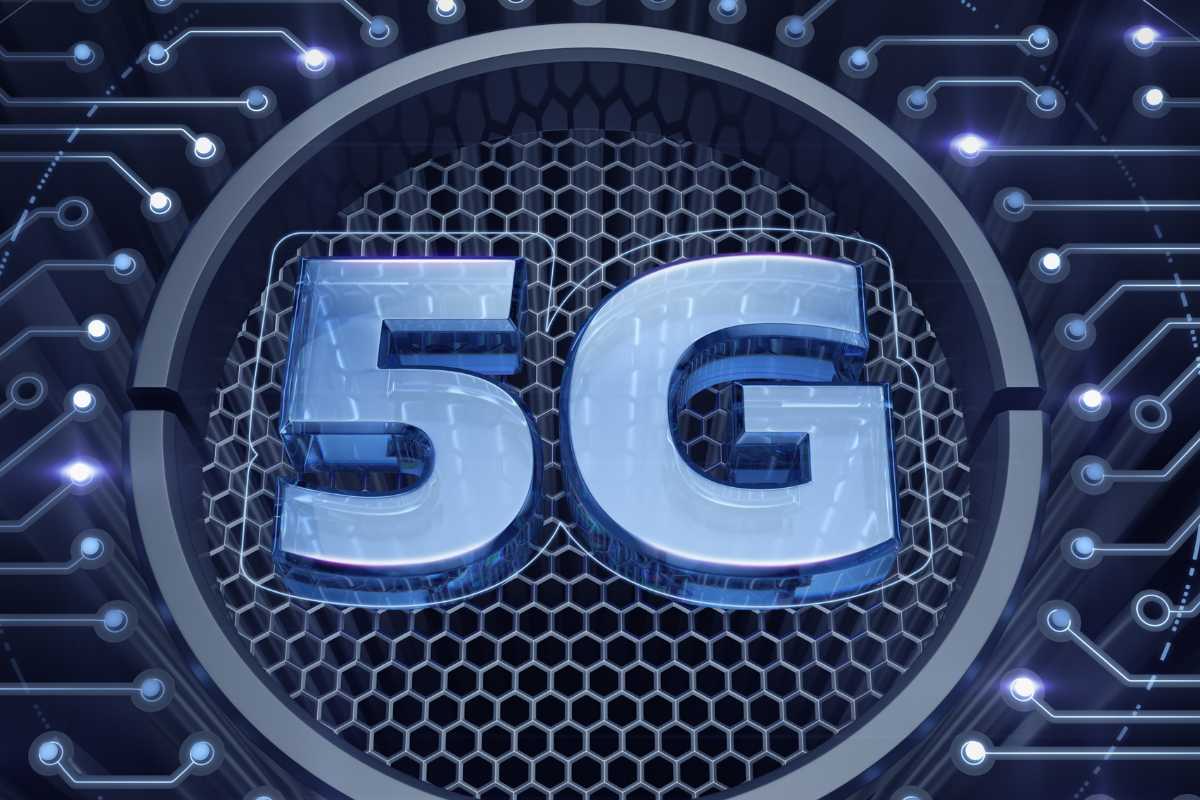5G is going to increase the amount of data that users consume. With faster speeds and lower latency, new user applications would also be possible, and it would ensure that the average data consumption for every user goes up. To meet the demand for 5G data, telecom operators will have to aggressively invest in infrastructure. One of the key elements in the infra to support the 5G rollout is small cells. These microsites haven’t been in much use because 4G networks can do well with macrosites. But when higher spectrum frequencies come into play, telcos need the help of small cells to ensure proper coverage is delivered to the consumers. According to ABI Research data, the outdoor 5G small cell deployments will reach 13 million by 2027. Globally, the telcos would push to deploy small cells for both 5G networks running on mid-band as well as mmWave frequency. India is already testing the use of street furniture for 5G small cell deployment. It would ensure that consumers can get a seamless 5G experience. The great thing about 5G small cells is that they can co-exist with the macro cells. Both can complement each other and deliver greater network coverage.
TRAI Took Help of Indian Telcos to Pilot 5G Small Cell Deployment Test
The Telecom Regulatory Authority of India (TRAI) piloted a project in multiple parts of India to test the use of street furniture for 5G small cell deployment. Vodafone Idea and other Indian telcos helped out TRAI with the tests. Places such as metro stations, ports, a smart city, and more were selected for the use of 5G small cells. Especially when it comes to mmWave 5G, telcos would require small cells to be deployed to ensure that signals don’t get disrupted due to other elements in the surrounding. Even enterprises would need small cell deployment for 5G in their premises for captive private networks.
